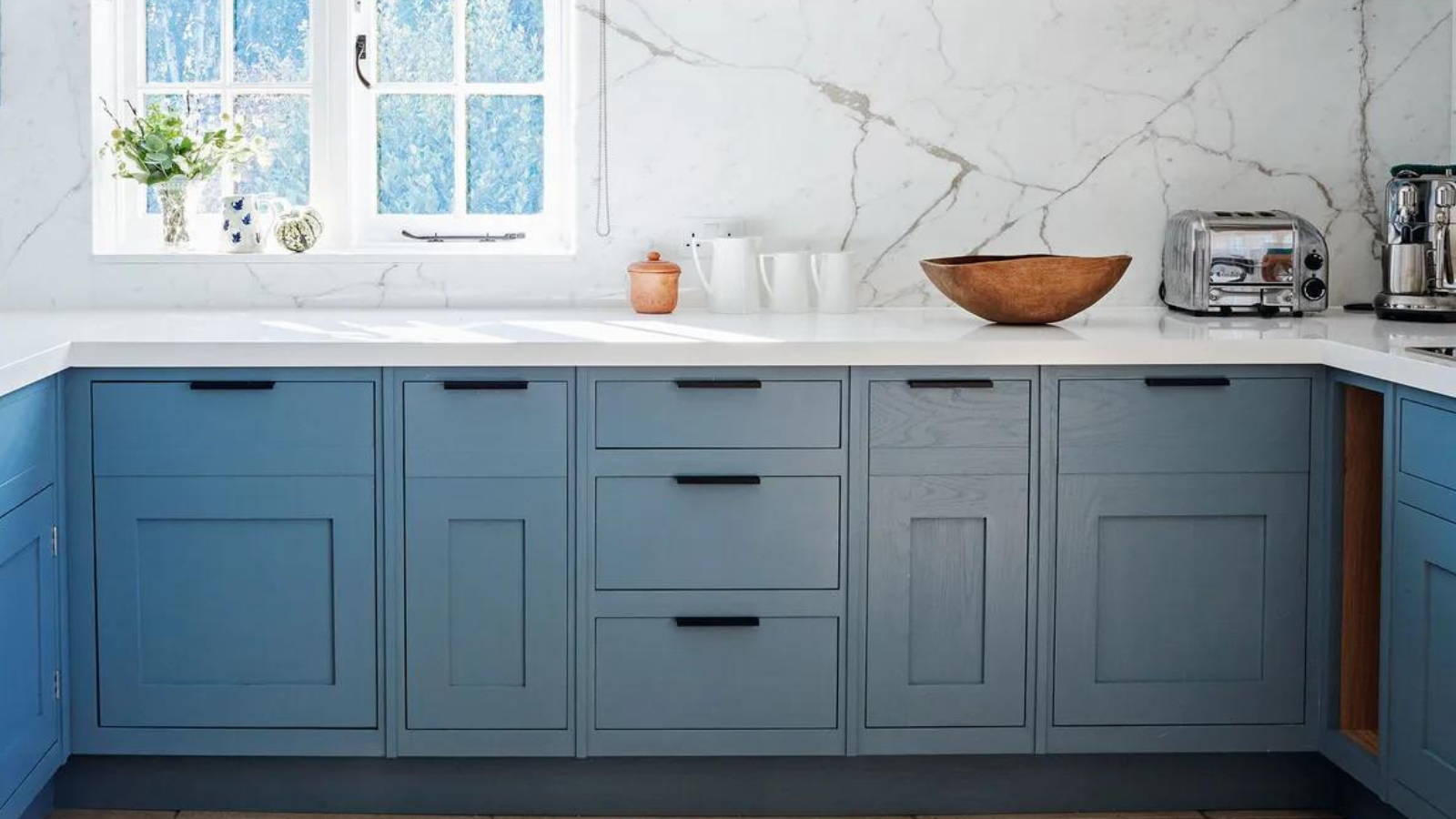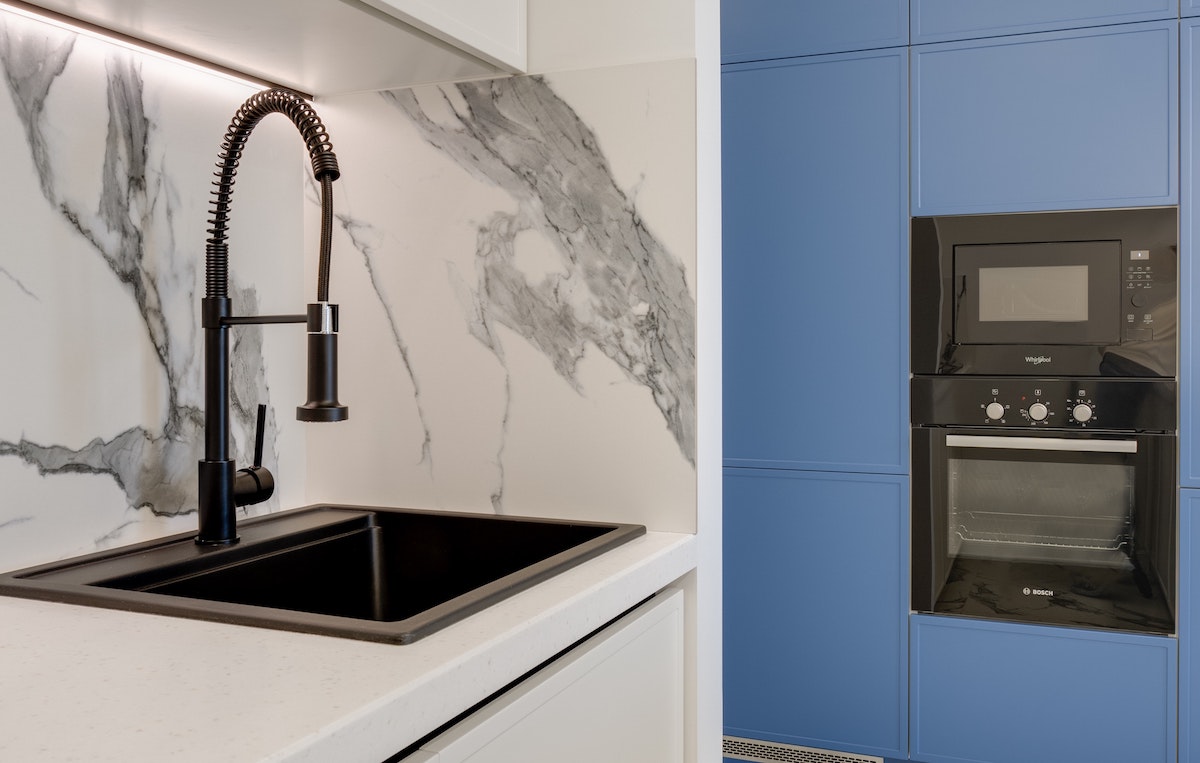This informative article details how to properly ventilate kitchen cupboards to prevent moisture damage. With helpful tips on improving airflow, decluttering, and installing vents, it’s a must-read for any homeowner looking to optimise their kitchen storage. Credit: Homes & Gardens Add small vents or drill holes in cupboard doors and backs to allow air circulation. Use moisture absorbers inside like silica gel or charcoal. Keep cupboards decluttered and ensure existing vents are unblocked. Proper kitchen ventilation is crucial to prevent moisture damage. We recommend installing vents in cupboards, using moisture absorbers, and utilising fans or hoods. Keeping cupboards decluttered and free of obstructions is also key. With some simple upgrades, you can create an optimally ventilated kitchen. Proper ventilation is key for a well-functioning kitchen. Stale air and excess moisture can create an unpleasant environment and even damage your cupboards over time. Here are some tips for improving airflow and preventing moisture damage in your kitchen cupboards: With some simple solutions, you can ventilate kitchen cupboards for improved airflow and lower humidity. Just be sure to declutter, utilise vents, and employ moisture-reducing accessories. With proper ventilation, your cupboards will stay fresher and prevent damage. Credit: JMT Trade Ltd Moisture damage in kitchen cupboards can occur easily if ventilation is poor. Excess humidity leads to warped cupboards, mould growth, and an unpleasant musty smell. Protect your cupboards with these tips: Protecting cupboards from excess moisture requires proactive ventilation and sealing. With diligent monitoring and the right materials, your cupboards will stay dry and damage-free for years to come. Ventilation is key for moisture control and preventing cupboard damage. Here’s how to optimise airflow: Proper cupboard ventilation prevents humidity from building up inside. Work with airflow in mind when designing and using your kitchen. With good vents in place, your cupboards will stay dry and undamaged. In addition to ventilation, monitoring indoor humidity is key for cupboard health. Here’s how to keep moisture in check: Monitoring indoor air quality keeps humidity in check. With good moisture control, cupboards stay dry and free of mould, mildew and warping. Proper ventilation prevents moisture buildup and allows airflow in your kitchen cupboards. Small vents or holes can be added to promote air circulation. Silica gel packets, charcoal bricks wrapped in muslin cloth, and baking soda can be placed in cupboards to absorb excess moisture. Decluttering cupboards, opening windows, using a dehumidifier, and ensuring vents are clear of obstructions help prevent dampness in cupboards. Proper sealing around sinks and appliances also helps. Using range hoods, ceiling fans, and opening windows creates airflow. Free-standing kitchen cupboards allow more ventilation. Ventilation holes in cabinetry also improve air circulation. Proper kitchen ventilation prevents moisture buildup and dampness issues. Strategies like adding vents, using moisture absorbers, decluttering, and utilising fans/hoods improve airflow. Paying attention to ventilation allows your kitchen cupboards to function optimally.
How to Ventilate Kitchen Cupboards

Key Points
Our Opinion
How to Ventilate Kitchen Cupboards
Prevent Moisture Damage in Cupboards

Install Vents for Proper Airflow
Control Humidity Levels
Keep Contents Dry with Dehumidifiers
FAQ
Do kitchen cupboards need ventilation?
What can you put in cupboards to absorb moisture?
How do you keep dampness out of cupboards?
What is the best way to ventilate a kitchen?
Conclusion
